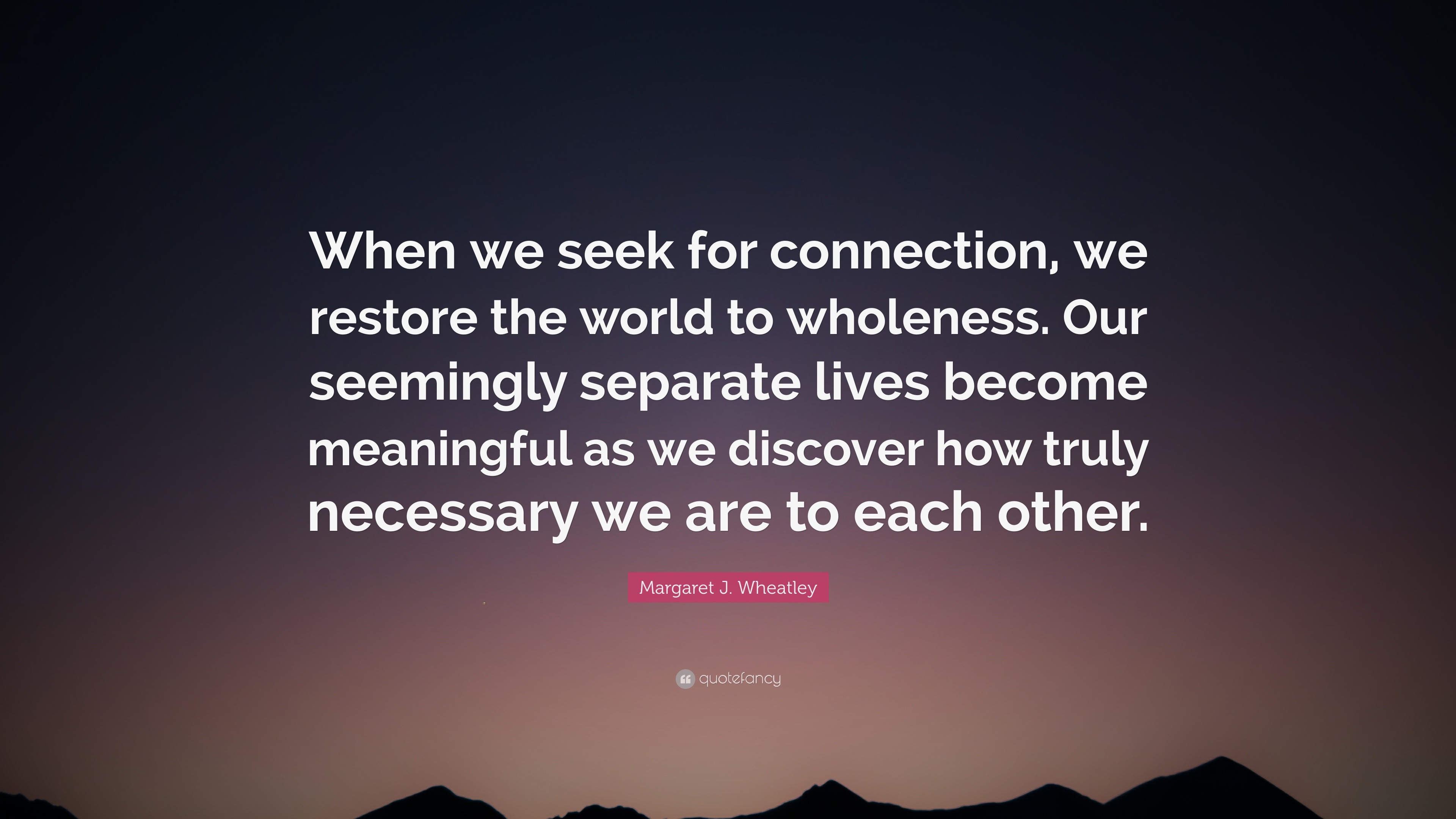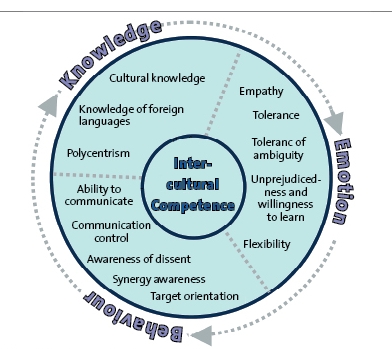What is causing the occurrence or recurrence of these new or relatively new infections? Some of the reasons they are on the increase include resistance to treatment agents, globalization and increased animal and human interactions. Yes, we might discuss that on a later date. For basic information on coronavirus read the following https://www.who.int/emergencies/diseases/novel-coronavirus-2019.
Despite the progress made in healthcare globally, we still seem unable to quickly contain these infections. This is because we still lack greater than ninety percent compliance in the following areas.
1. Hand hygiene compliance.
2.Cough etiquette compliance.
3. Prevention of corrupt practices.
4. Knowledge transmission to the public and clinicians.
 So let me elucidate, any disease-causing organism is transmitted through one of the following ways.
So let me elucidate, any disease-causing organism is transmitted through one of the following ways.- Direct contact- ie Human to Human, Animal to Human or Mother to the unborn child. Often these diseases are transmitted through contact with infected body fluids e.g when one coughs or sneezes, unprotected sexual contact, animal scratches, animal bites, etc
- Indirect contact- Through fomites such as when you touch a doorknob handled by someone ill with the flu or a cold.
- Insect bites -Some insects are a medium of disease transmission eg flies and others transmit diseases from one host to another for instance mosquitoes.
- Food contamination- Ingestion of improperly cooked food, fruits or contaminated water.
As the general public, how then do we help in containment of the emergent and reemerging infections?
- Practice effective hand hygiene.
Follow the link for more information https://www.ncbi.nlm.nih.gov/books/NBK144046/
For us, as health care workers a lot more details go into all this but for the community at large, it's basically important to practice hand hygiene as often as possible. The common instances to do so include.
- Before, during, and after preparing food
- Before eating food
- Before and after caring for someone at home who is sick with vomiting or diarrhea
- Before and after treating a cut or wound
- After using the toilet
- After changing diapers or cleaning up a child who has used the toilet
- After blowing your nose, coughing, or sneezing
- After touching an animal, animal feed, or animal waste
- After handling pet food or pet treats
- After touching garbage
handwash.https://www.cdc.gov/handwashing/when-how-handwashing.html.
- Cough etiquette/ Respiratory etiquette
- Cover your mouth and nose with a tissue when you cough or sneeze.
- Put your used tissue in a wastebasket.
- If you don’t have a tissue, cough or sneeze into your upper sleeve, not your hands.
- Perform hand hygiene after having contact with respiratory secretions and contaminated objects/materials.
- Stopping corruption
- Proper preparation of food- Ensure that you eat properly cooked and stored food. You are at liberty to inquire about the certificate of health from your food provider. Follow the link to read the hotels and restaurants act in Kenya http://kenyalaw.org/kl/fileadmin/pdfdownloads/RepealedStatutes/HotelsandRestaurantsAct_Cap494_.pdf.
- Do not handle carcasses of livestock/ animals that have an unidentified cause of death. Call appropriate health personnel.
- Keep a travel diary of some sort highlighting where you traveled, timespan and occurrence of any illnesses. This makes it easier for health personnel.
- Being receptive to quarantine measures advised. for instance travel advisories issued, use of protective gears offered like masks when offered, etc
- Seek clarification - Always ask when information seems unclear and only visit reputable websites to avoid propaganda.
As I conclude let us aim to always play our expected roles tenaciously and diligently. At a personal level do not forget to
 How can the community help health professionals?
How can the community help health professionals?
 Ethnocentrism is the view that one's own culture is better than anyone else's culture. It may present itself in the most subtle of ways or at times very blatantly for instance when a patient informs us that they are unwell due to past transgressions. What is the first thing that comes to your mind? Reflect on it. Did it affect how you handled them? Be honest with yourself.
Ethnocentrism is the view that one's own culture is better than anyone else's culture. It may present itself in the most subtle of ways or at times very blatantly for instance when a patient informs us that they are unwell due to past transgressions. What is the first thing that comes to your mind? Reflect on it. Did it affect how you handled them? Be honest with yourself.
 So what levels of cultural competence do we fall in? To fully understand this, there exist different self-assessment tools one may use. To access the most recent versions is at a fee but one free example is the Ethnic-Sensitive Inventory ESI; Ho 1991. Look it up. Cultural competence is categorized as
So what levels of cultural competence do we fall in? To fully understand this, there exist different self-assessment tools one may use. To access the most recent versions is at a fee but one free example is the Ethnic-Sensitive Inventory ESI; Ho 1991. Look it up. Cultural competence is categorized as